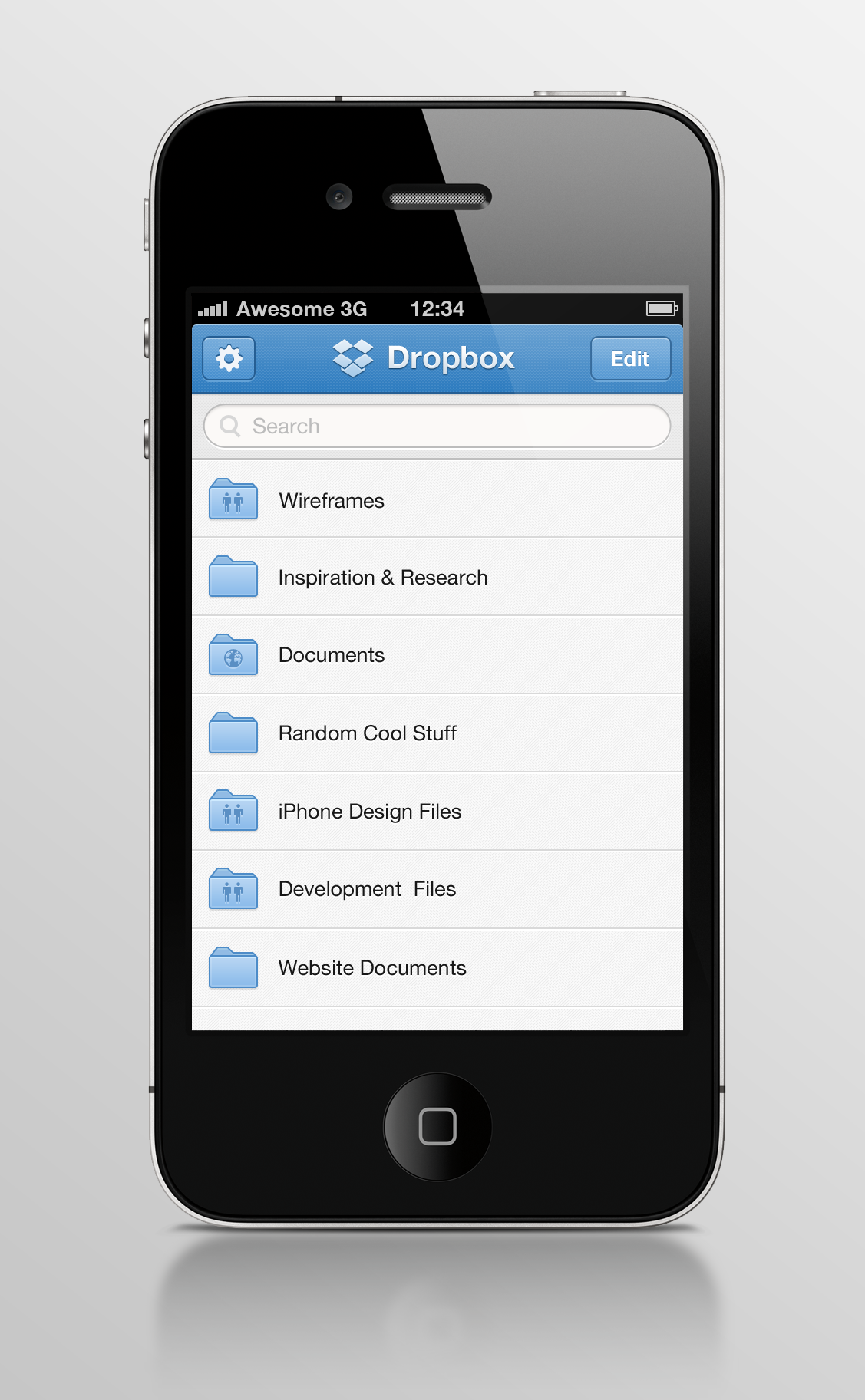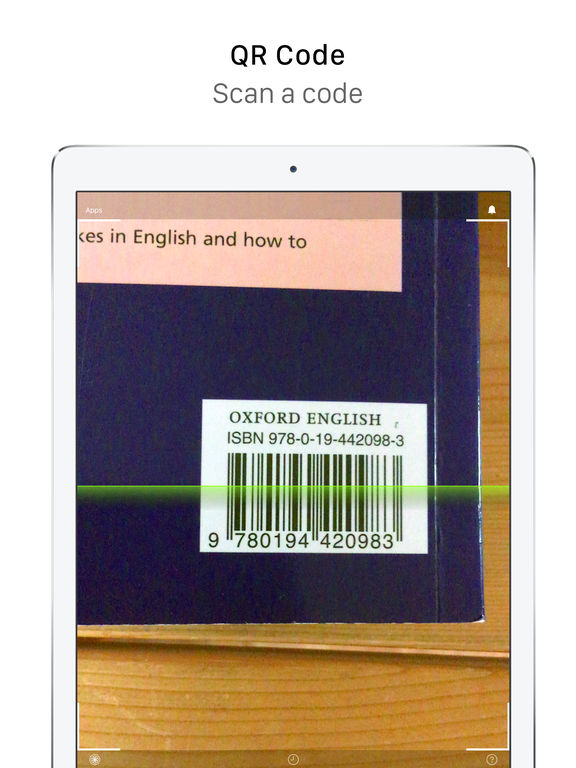

Response viewer, view JSON responses (other formats coming).Remote device logging (iOS, watchOS, tcOS, macOS and simulators).So head over to his Github and support in any way you can 💙
#Appbox github professional
It also lets you integrate logging views directly into your app - so they can be available for your testers.Ĭreated by Kean, this is a completely free professional grade app.
#Appbox github pro
Pulse Pro - reimagine the logging experience Pulse Pro is an Open Source framework that lets you view your logs in real-time. QA team) can access a console with logs that they can attach to bug reports - game changer. Pulse Pro records events from URLSession and displays them using PulseUI views that you can integrate directly into your app. This project follows the ( ) specification.One tool this week - Pulse Pro - is democratising debugging. Thanks goes to these wonderful people (( )): If you feel compelled to give further details, such as the app's **relationship with others**, don't hesitate to use this section. It's crucial then to go through these **behavioral changes** in this section, allowing users to fully understand the **practical application** of the app in their store. There are scenarios in which an app can behave differently in a store, according to its configuration. Fill in the `NAME OF THE APP` field with your **NAME OF THE SETTINGS FIELD**. Access the **Apps** section in your account's admin page and look for the NAME OF THE APP box. You can confirm that the app has now been installed by running `vtex ls` again.Ģ. Scroll down and type in your **NAME OF A SETTINGS FIELD** in the `NAME OF THE APP` field. You'll see a warning message about needing to enter the necessary configurations. Access the **Apps** section in your account's admin page and look for the Icommkt box Ģ.


#Appbox github install
It is possible to install in your store either by using App Store or the VTEX IO Toolbelt. Next, you can **add media** (either an image of a GIF) if possible, so that users can better understand how the app works in practice. Under the app's name, you should explain the topic, giving a **brief description** of the **app's functionality** (what is it for?) in a store. Contributions of any kind are welcome!Ĭheck out some documentation models that are already live: This project follows the ( ) specification. `No CSS Handles are available yet for the app customization.` # Contributors ✨ If there are none, add the following sentence instead: Note that the Handles must be ordered alphabetically. Thereafter, you should add a single column table with the available CSS handles for the app, like the one below. `In order to apply CSS customizations in this and other blocks, follow the instructions given in the recipe on ().` The first thing that should be present in this section is the sentence below, showing users the recipe pertaining to CSS customization in apps: If you feel compelled to give further details about the app, such as it's **relationship with the VTEX admin**, don't hesitate to use this section. It's crucial to go through these **behavioral changes** in this section, allowing users to fully understand the **practical application** of the app in their store. There are scenarios in which an app can behave differently in a store, according to how it was added to the catalog, for example. Remember to also use this Configuration section to **showcase any necessary disclaimer** related to the app and its blocks, such as the different behavior it may display during its configuration. You can create it following the example below: When documenting a prop whose type is `object` or `array` another prop table will be needed. `string` - `enum` - `number` - `boolean` - `object` - `array` | `XXXXX` | `XXXXXX` | XXXXXXXX | `XXXXXX` | | Prop name | Type | Description | Default value | If the app exports more than one block, create several tables - one for each block. Next, add the **props table** containing your block's props. You can verify an example of it on the ( ). Remember to add a table with all blocks exported by the app and their descriptions. Declaring the app's main block in a given theme template or inside another block from the theme. Adding the app as a theme dependency in the `manifest.json` file Ģ. In this section, you first must **add the primary instructions** that will allow users to use the app's blocks in their store, such as:ġ. Next, **add media** (either an image of a GIF) with the rendered components, so that users can better understand how the app works in practice. Under the app's name, you should explain the topic, giving a **brief description** of its **functionality** in a store when installed.

📢 Use this project, ( ) to it or open issues to help evolve it using ( ).


 0 kommentar(er)
0 kommentar(er)
